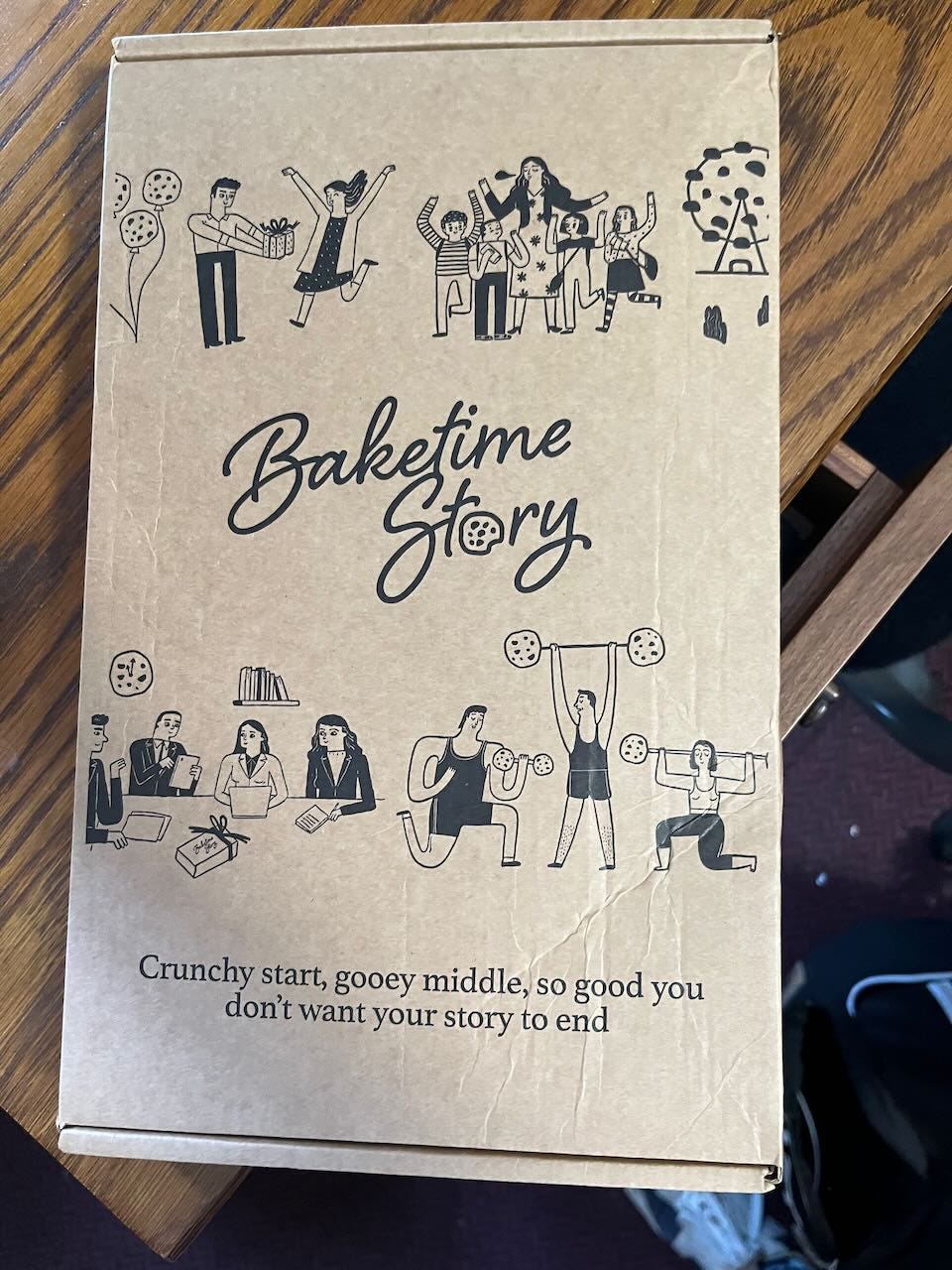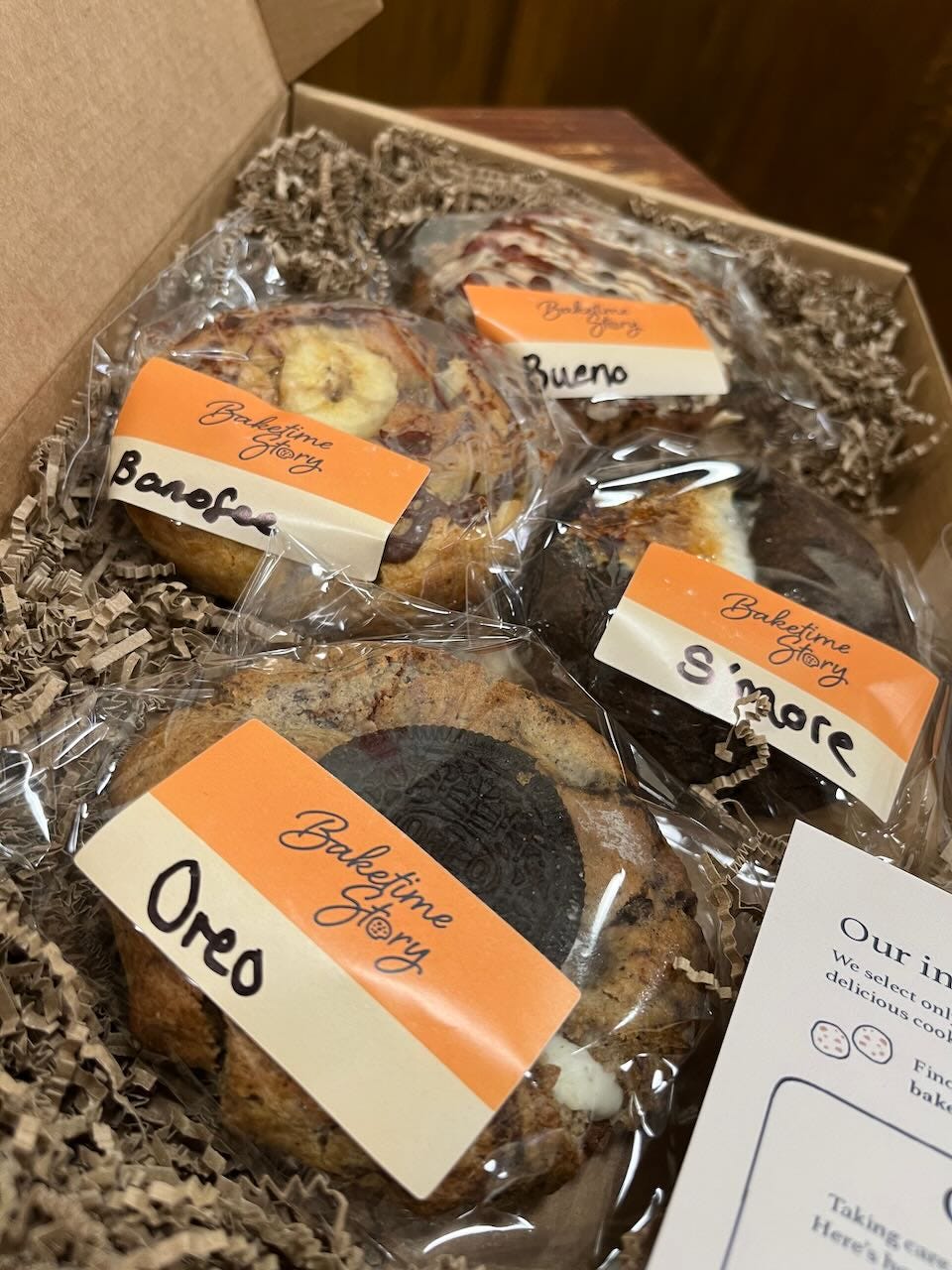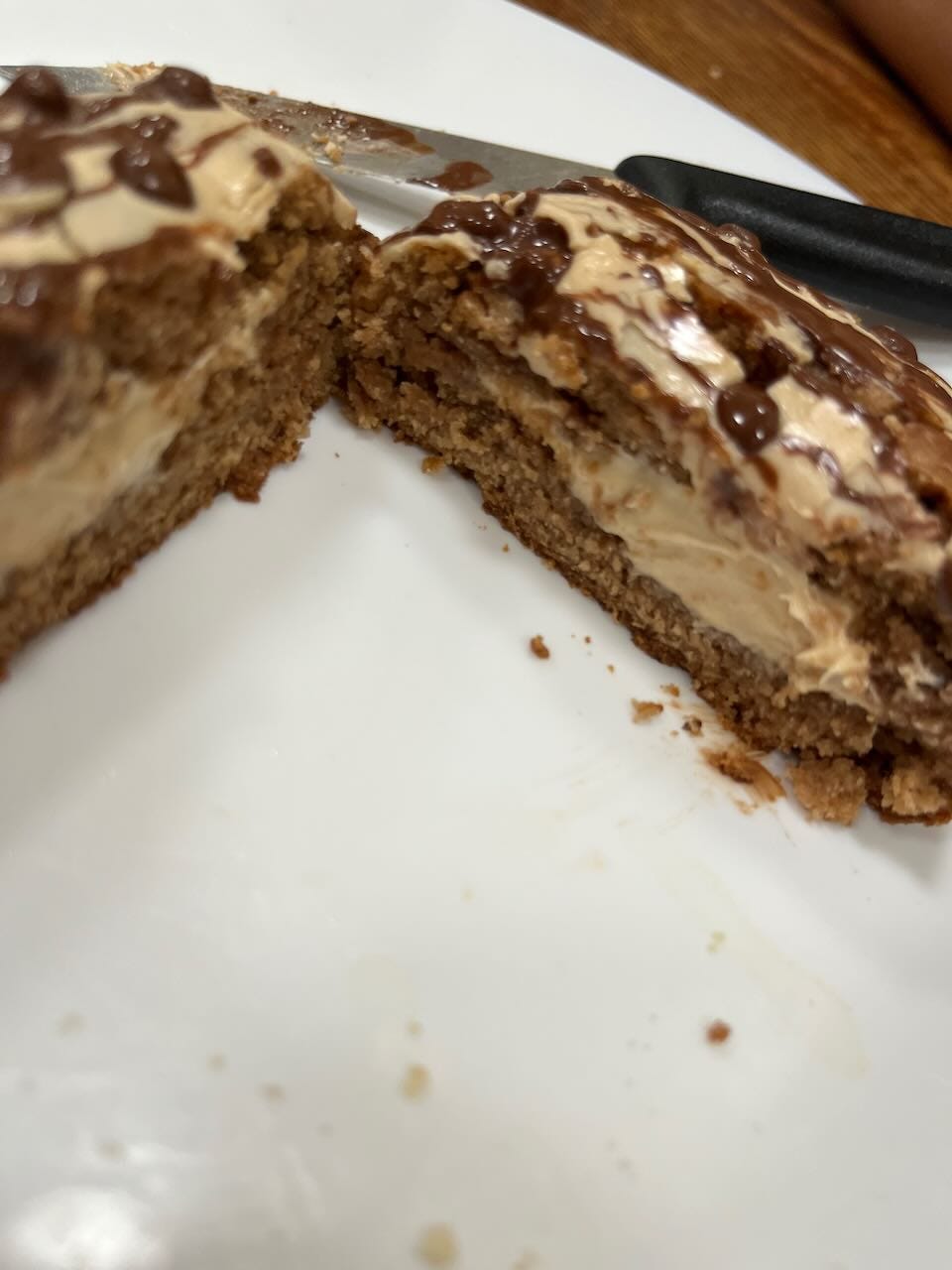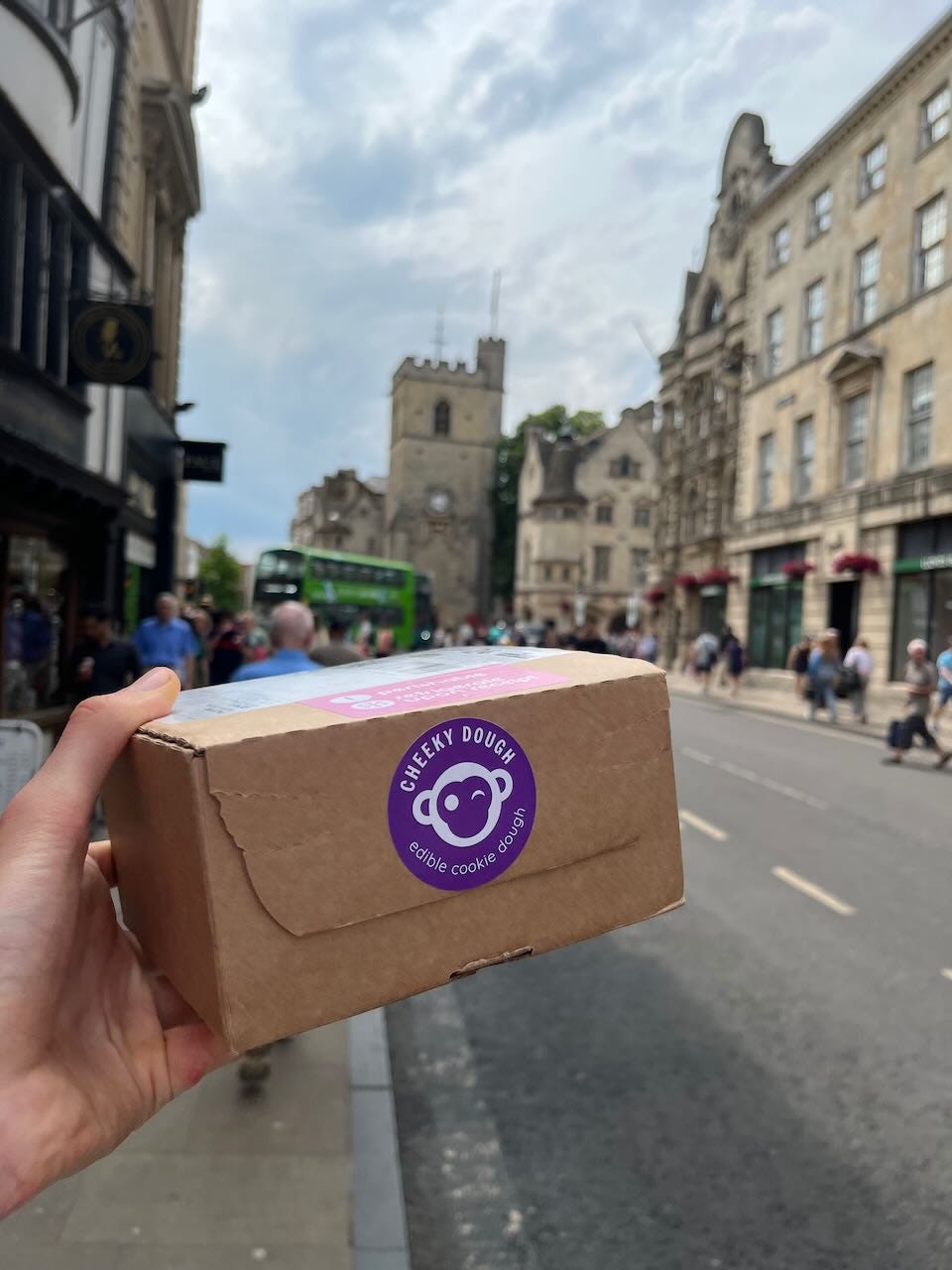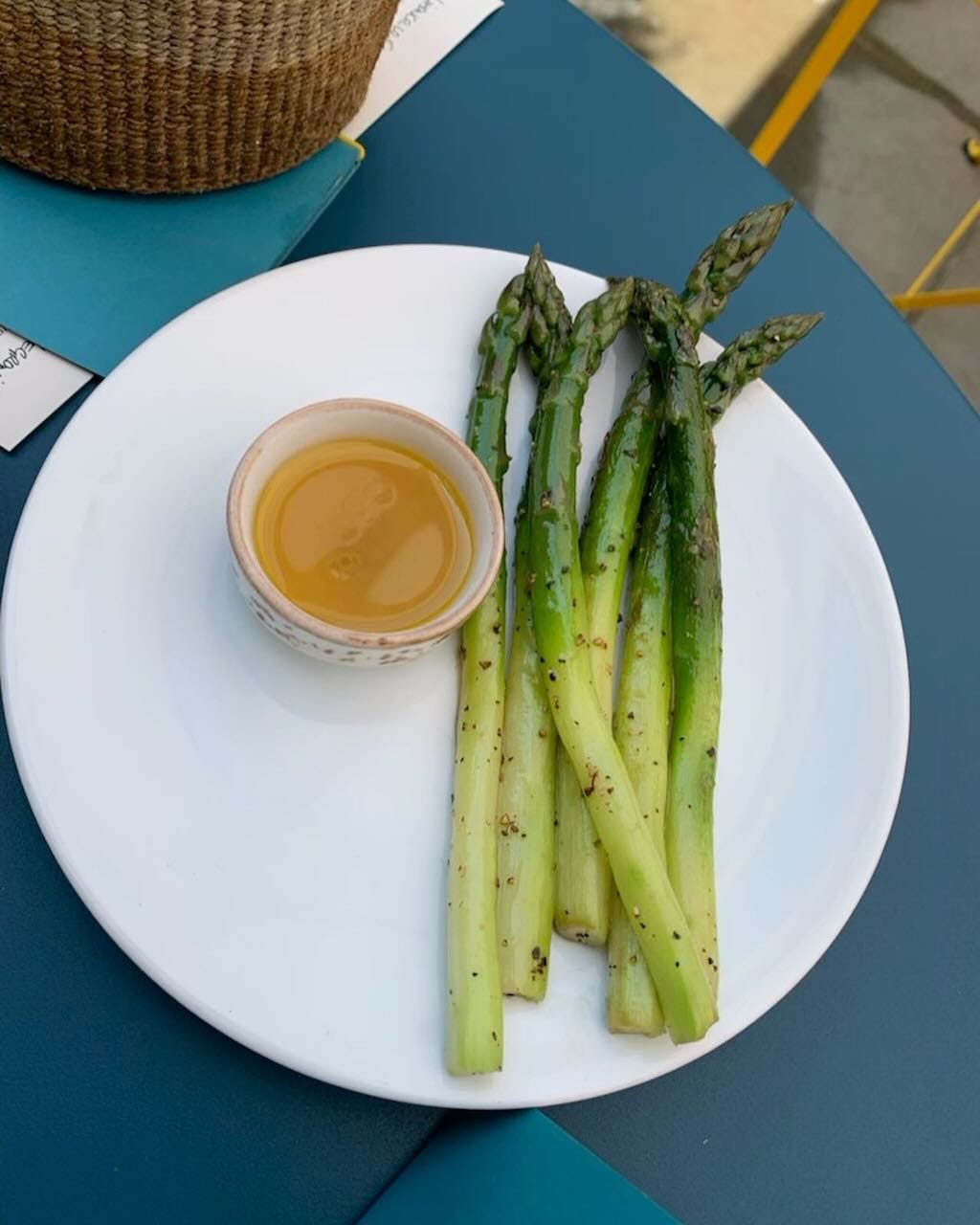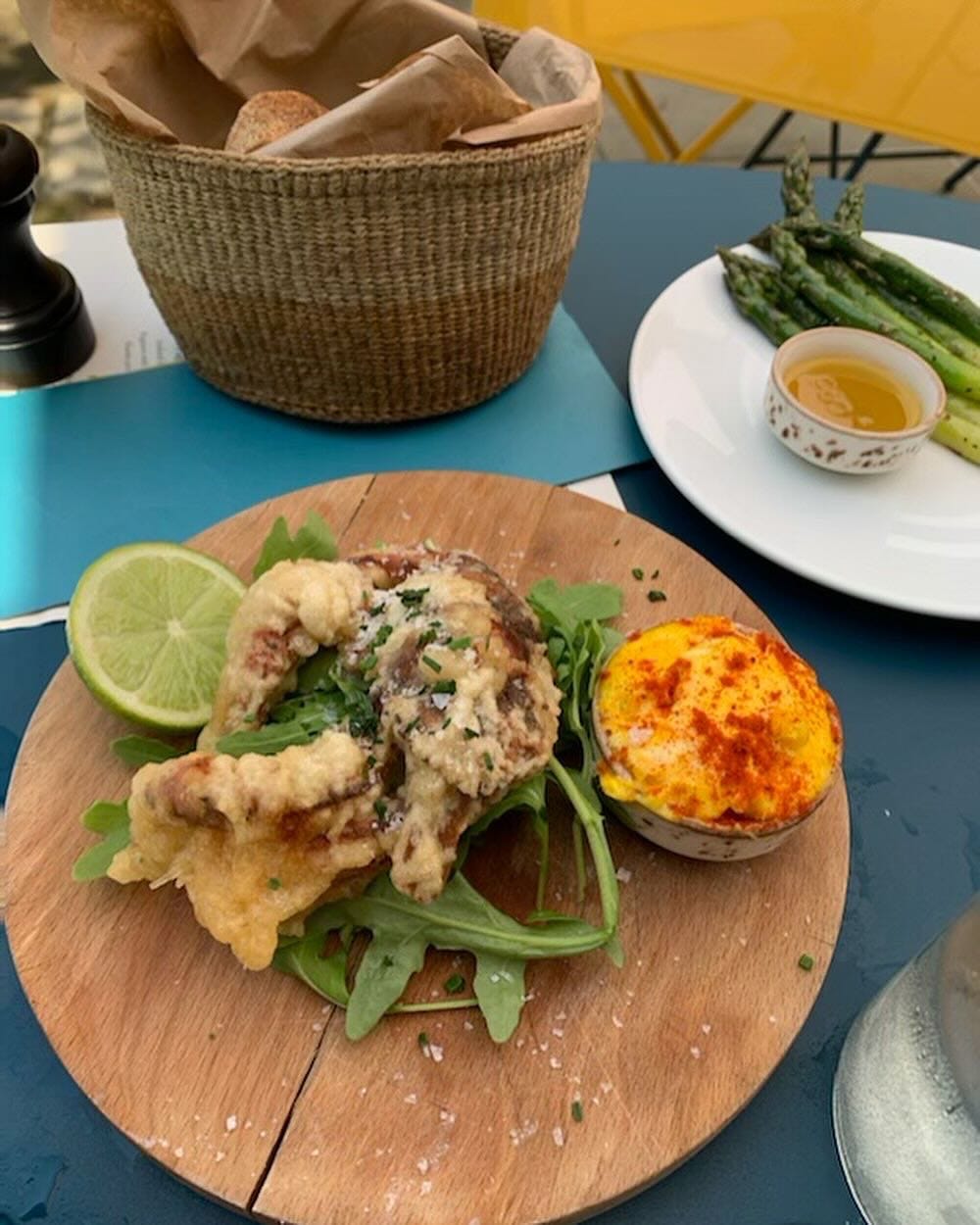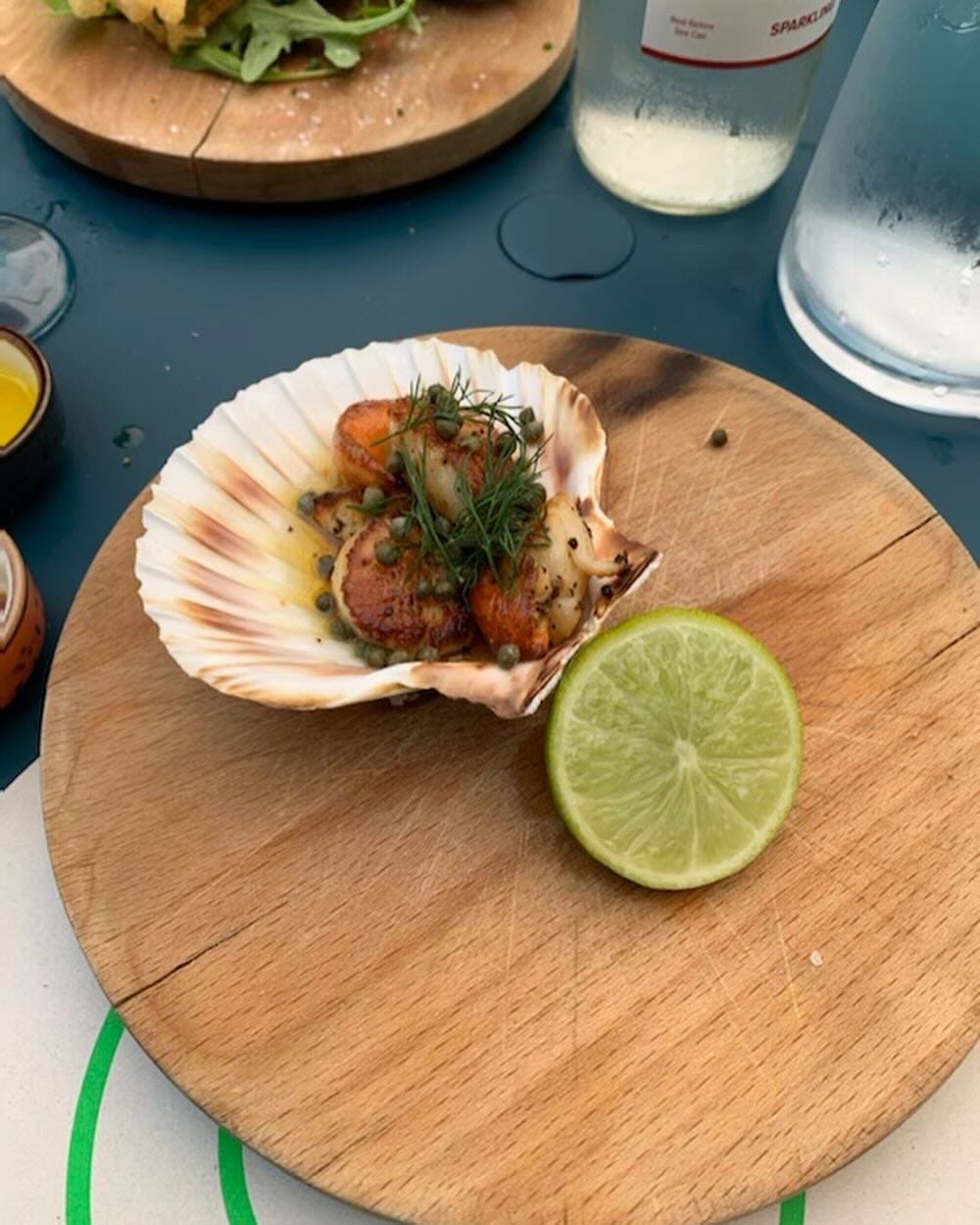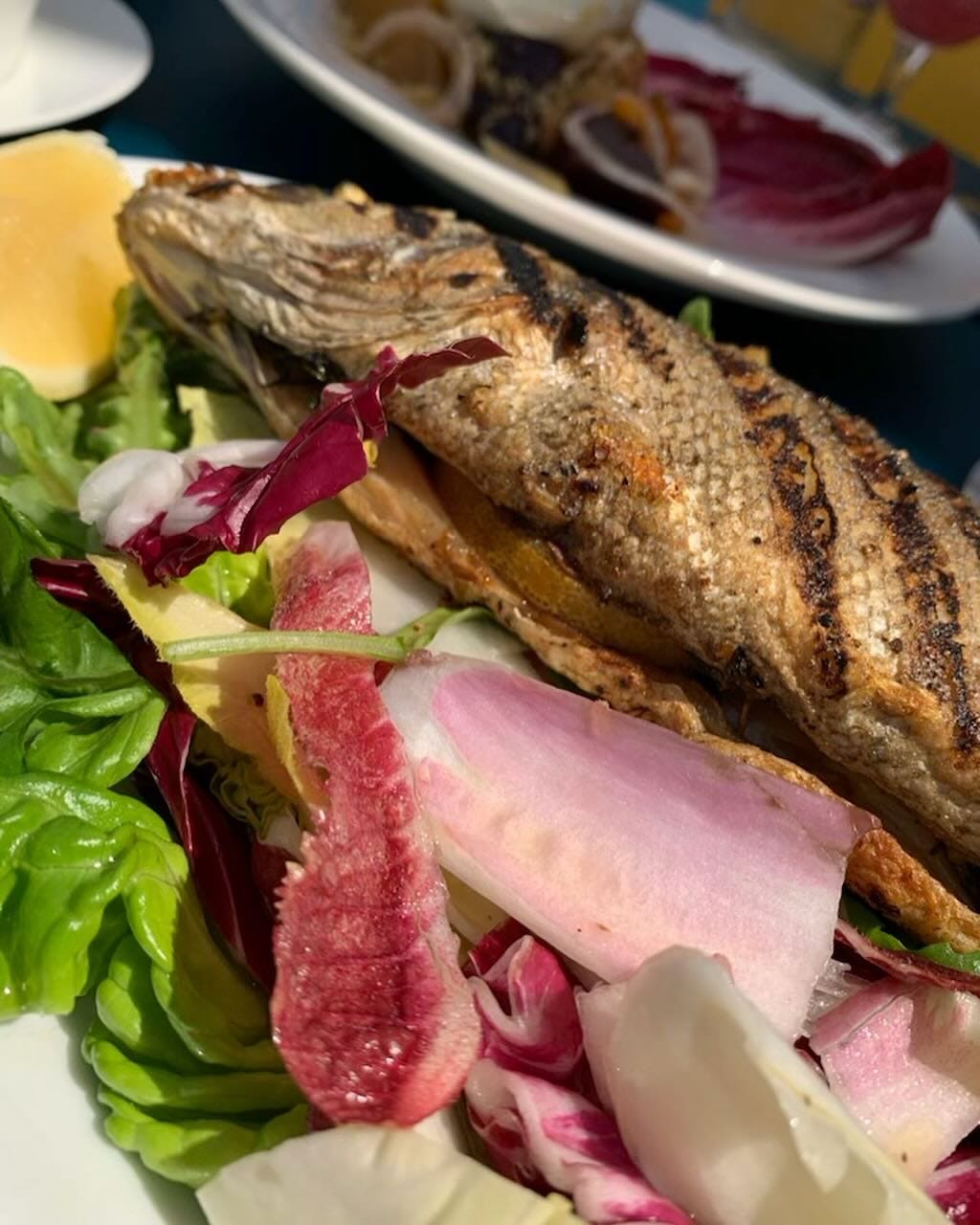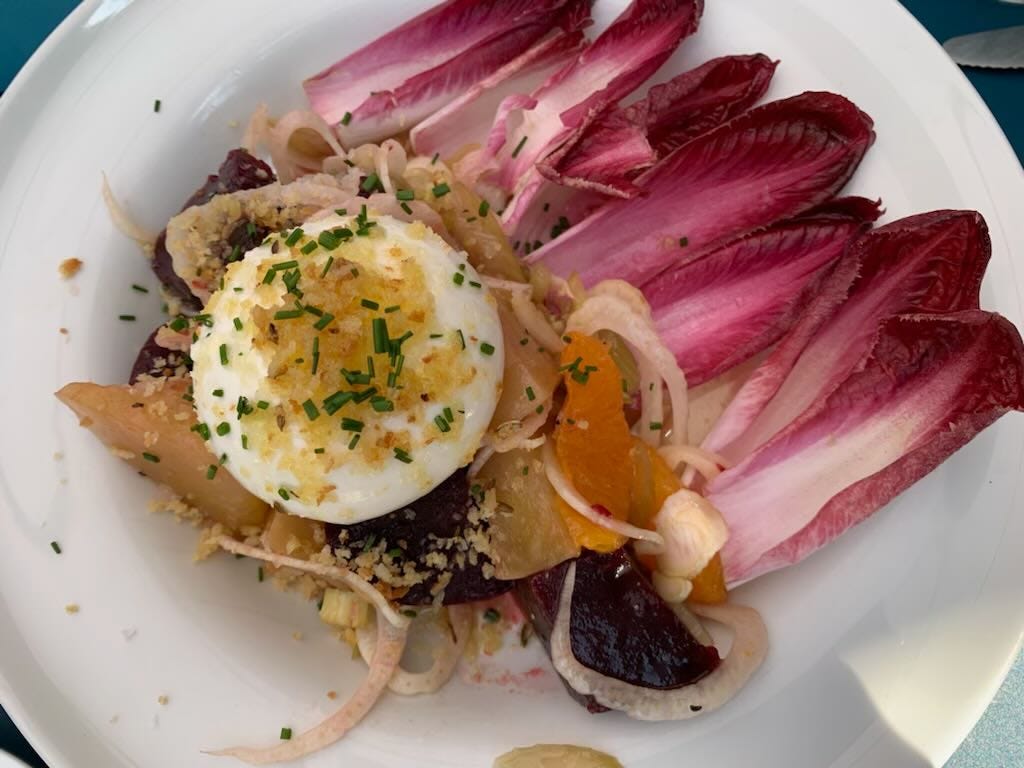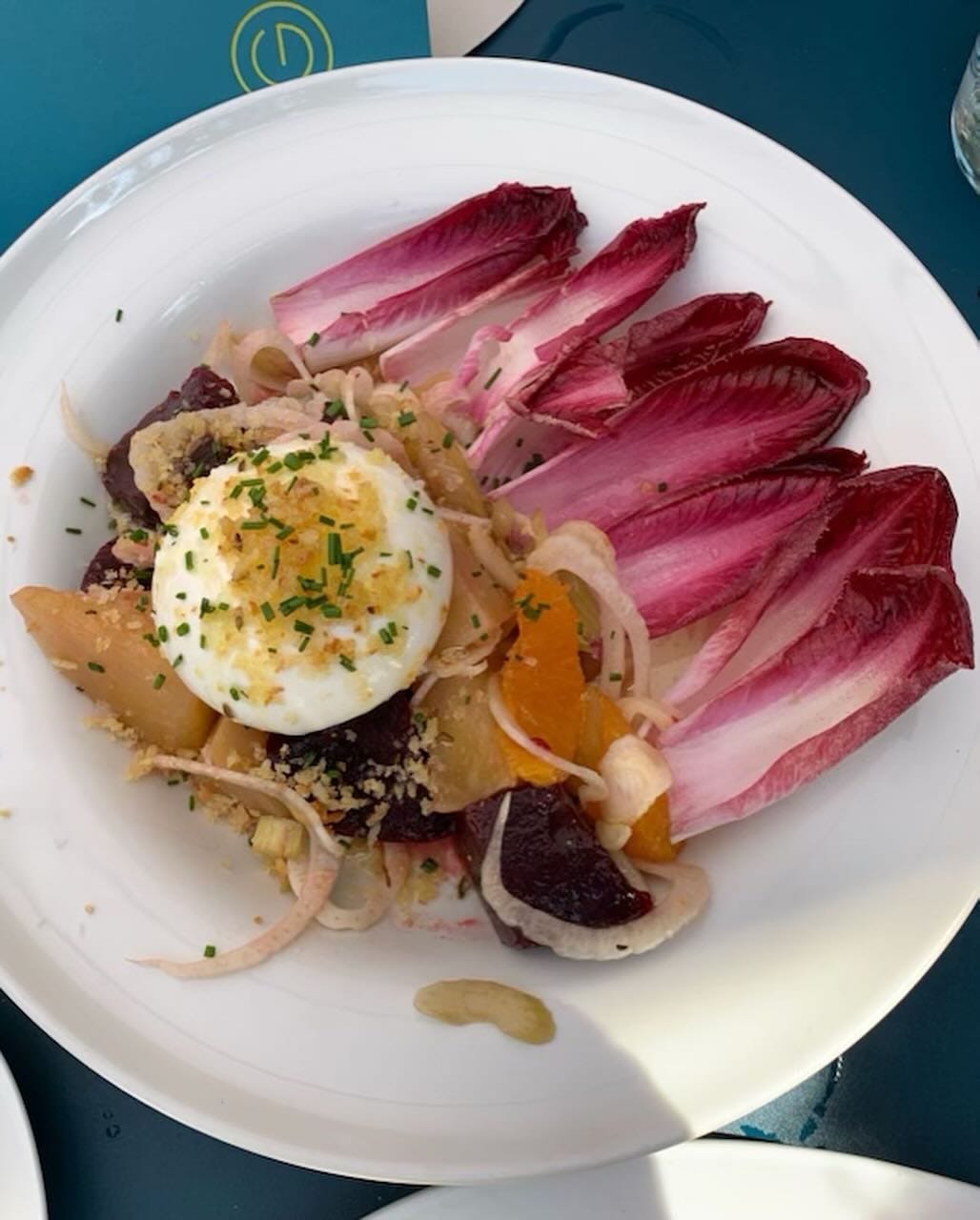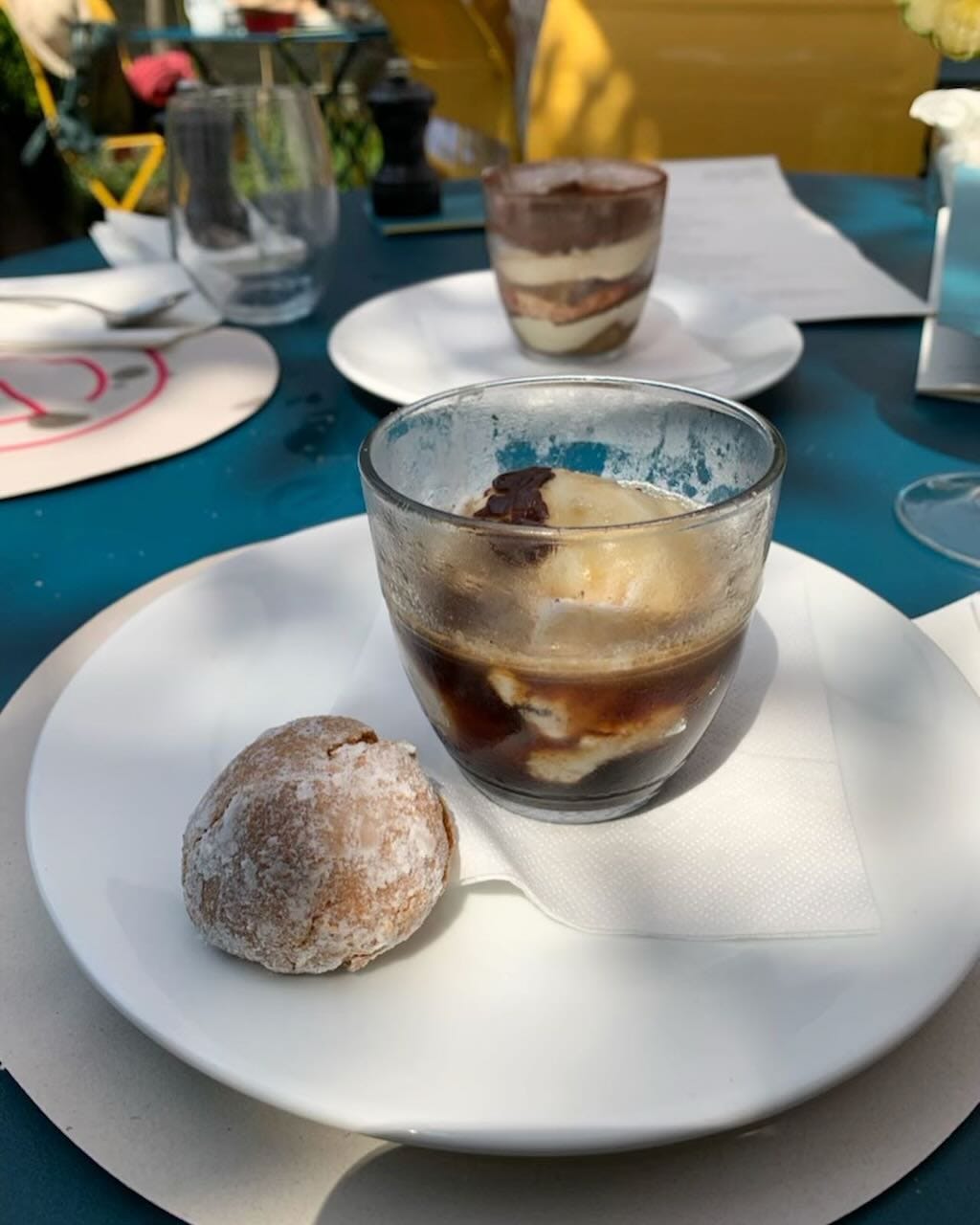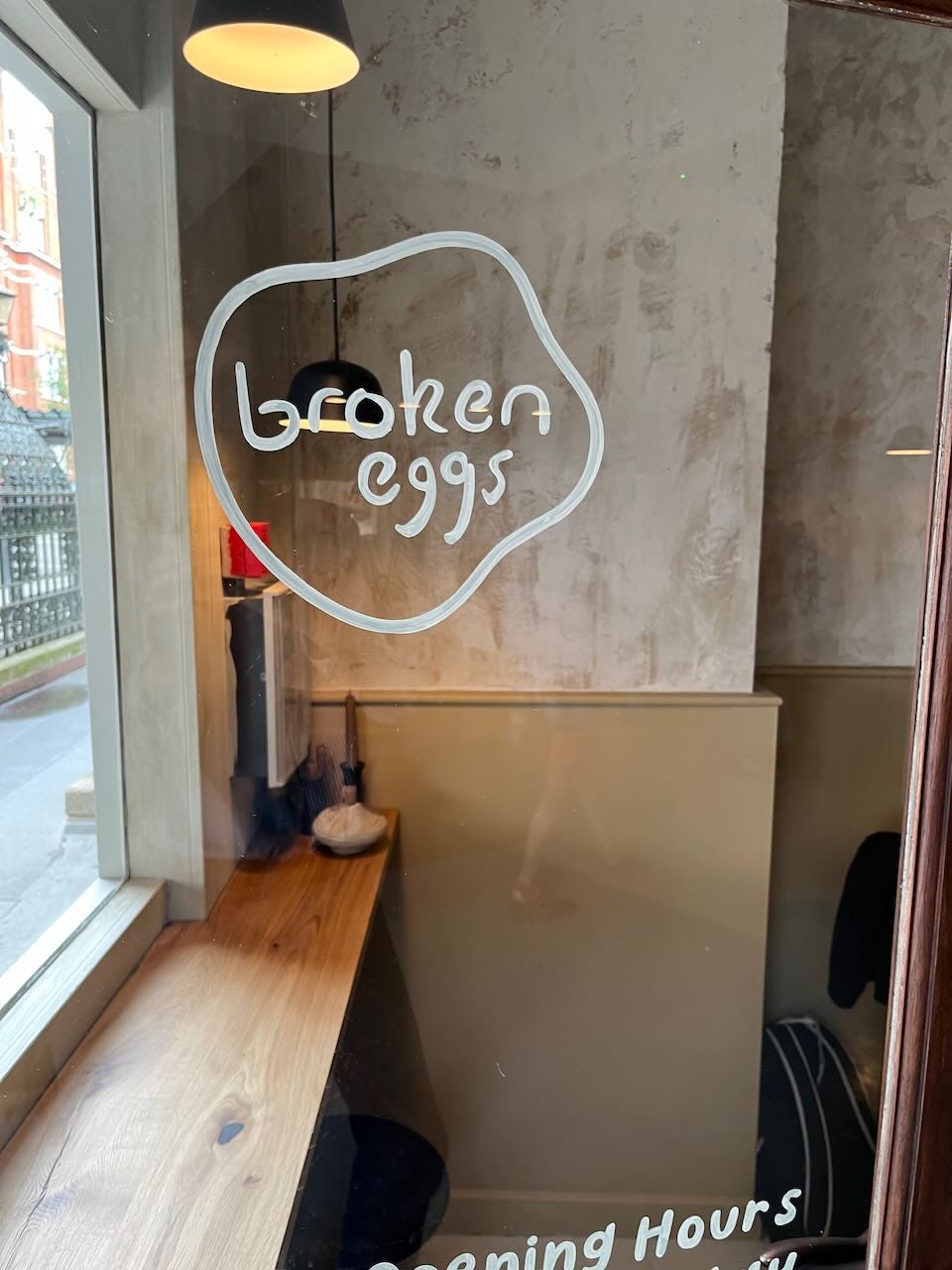
Regular readers know my obsession and love for pretty much all things Spain. Aside from anything else, the food scene is one of the most diverse and varied you will find anywhere on the planet. Amid all of that, the closest thing the nation has to a national dish is probably the tortilla. Variations are endless and family recipes hotly debated but pretty much every bar in the country will have at least one on the bar. Broken Eggs, the fascinating new concept from chef Gabriel and his sister, has brought that obsession and the culture that comes with it to London. The entire restaurant is focused on the glorious simplicity of the ‘potato omelette’, and slowly but surely it is seeking to educate Fitzrovia on the dish and Spanish food culture.
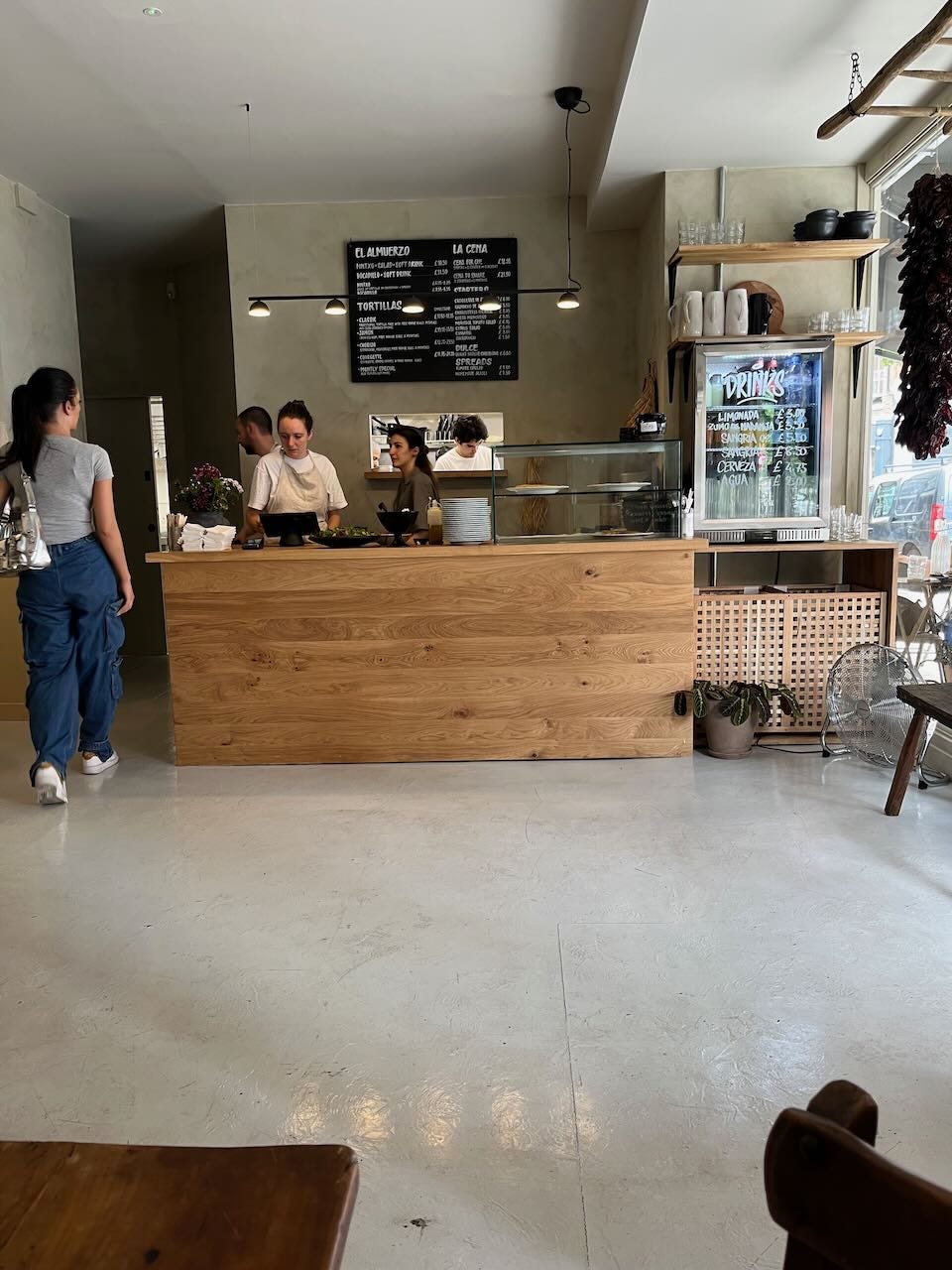
Originally, ‘Tortilla Espanola’ is thought to of come from Extremadura after potatoes were brought over by Pizzaro from the Americas in the 19th century. From there, it spread and is now famous for being cooked in a thousand different ways. On a basic level though, it gained popularity due to its simplicity and cheap ingredients. Potatoes, eggs, onions, and olive oil are all that’s really needed to create one. Recipes vary hugely but chorizo, jamón Ibérico, seafood, and more all regularly make appearances.

Gabriel, like most Spaniards, has his own twists and specifications. Originally from Valencia, he came over to the UK in 2011 to study at King’s College and originally worked in finance before making the transition back across into the world of food in May. The pair have always had hospitality in their veins and that experience is what gave them the confidence to start out on their own. Originally a dark kitchen, Broken Eggs was their attempt to introduce the London market to just how good a tortilla can be. The restaurant started as a dark kitchen on Charlotte Street and the in-person site opened on Thursday of last week.
Broken Eggs does that in many ways but above all focuses on simplicity and quality ingredients to deliver a product genuinely superior to any I have seen in London tapas bars (of which I have visited many!). It might not be to everyone’s liking, but Gabriel explained to me that he uses more eggs and fewer potatoes to create a light and almost gooey dish that lets the ingredients shine in their own right. The intention is that it turns tortilla into a dish that you can eat every day for lunch, much like you might in Spain, and not feel uncomfortably heavy.

The restaurant itself is small and has been designed by the couple from the ground up. A large kitchen at the back allows for everything to be prepared in-house and tables of different sizes both inside and out accommodate parties of all sizes and different vibes. There’s plenty of room for sharing dinners as well as quick lunch break nibbles and the clean and simple aesthetic only adds to the relaxed atmosphere.

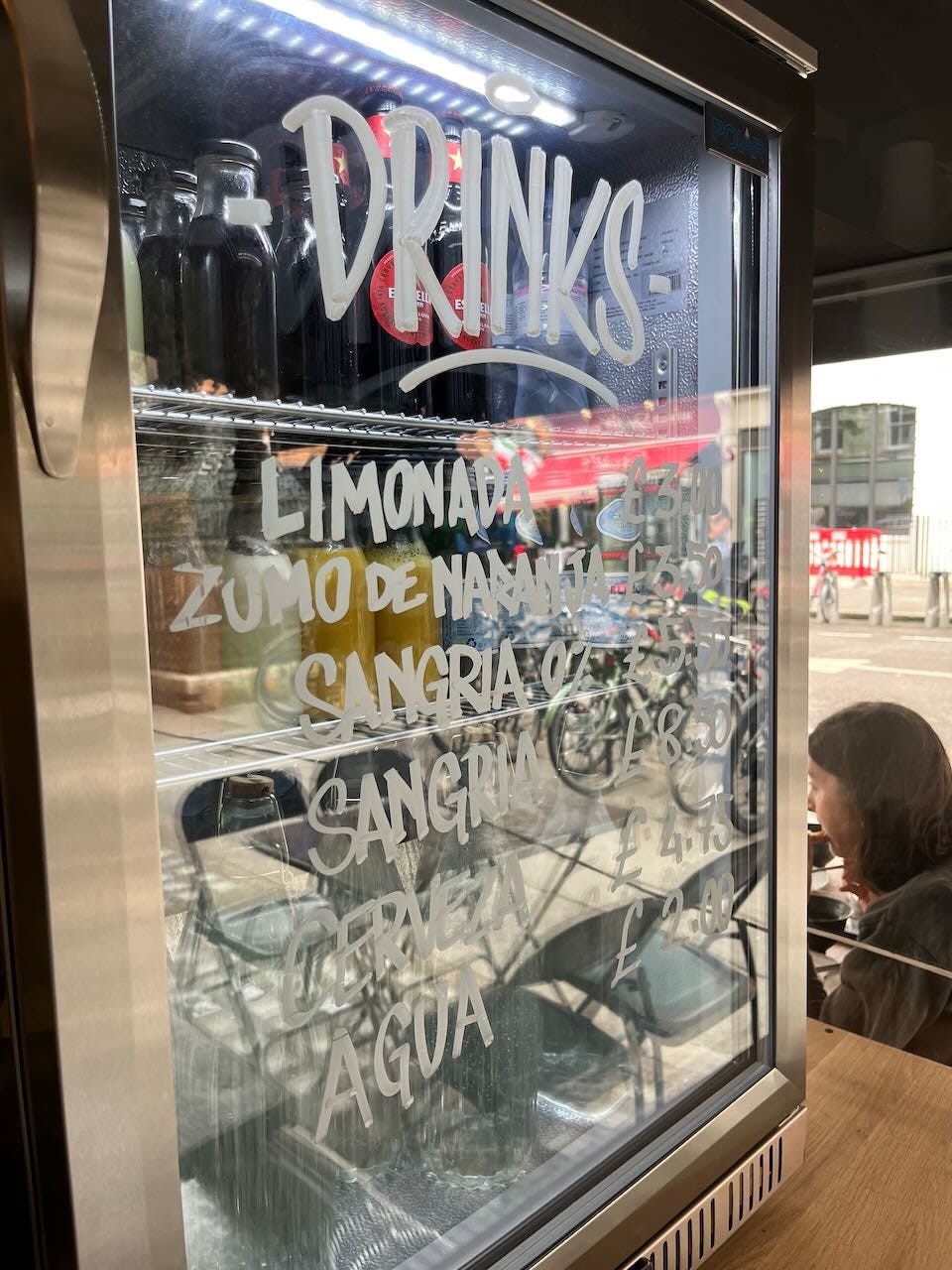
The amazing thing here is that the menu also caters for all of those different types of meals and groups with so few dishes. Small menus are always a good sign if you ask me and the couple are keen to explain that everything is here to compliment the star of the show, the tortilla.
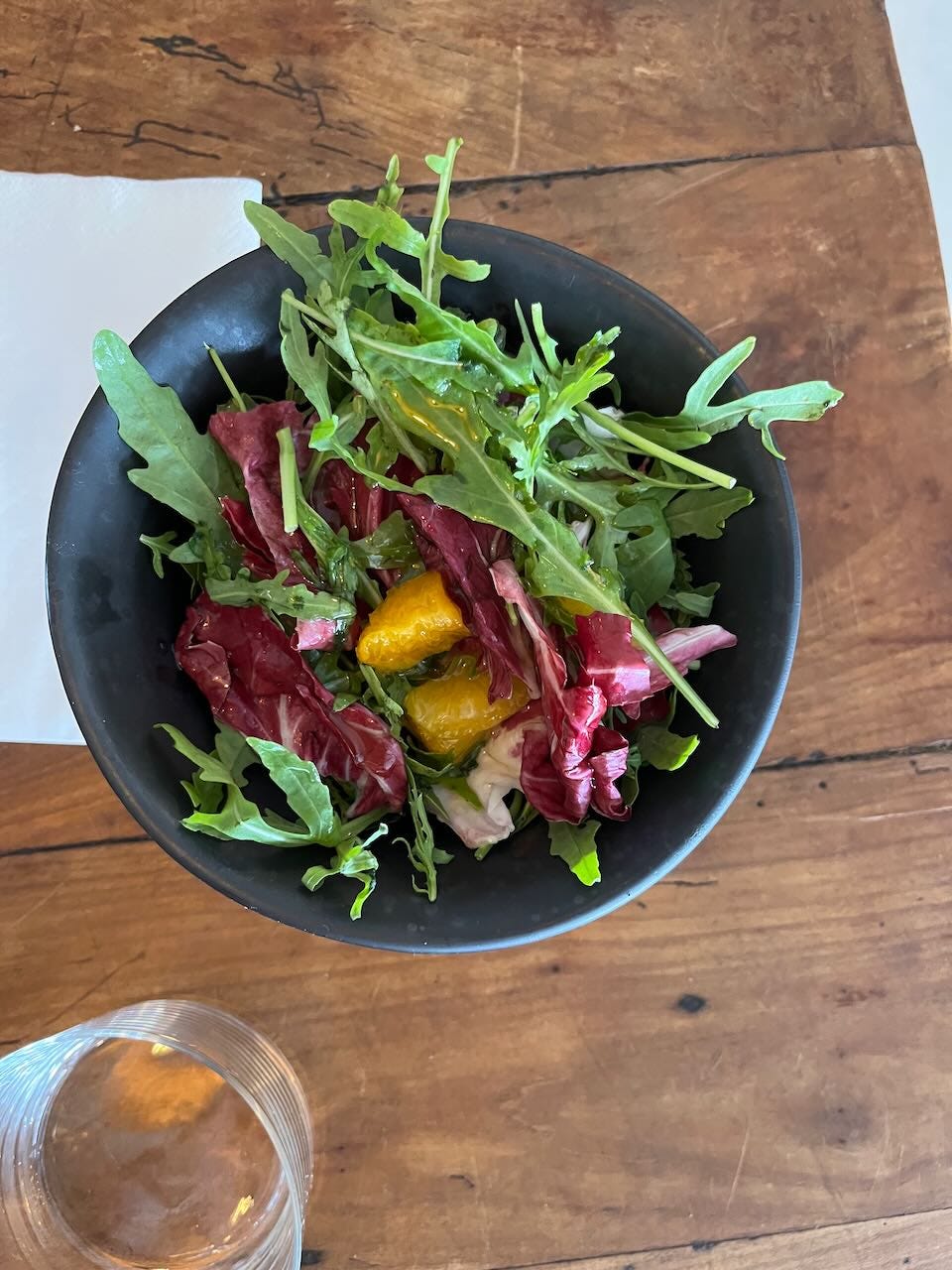
That tortilla is available in several different ways with five different flavours always available. The favourite for me was without a doubt the chorizo but I’d keep an eye out for the morcilla (Spanish black pudding) and pepper monthly special starting next week if I were you!
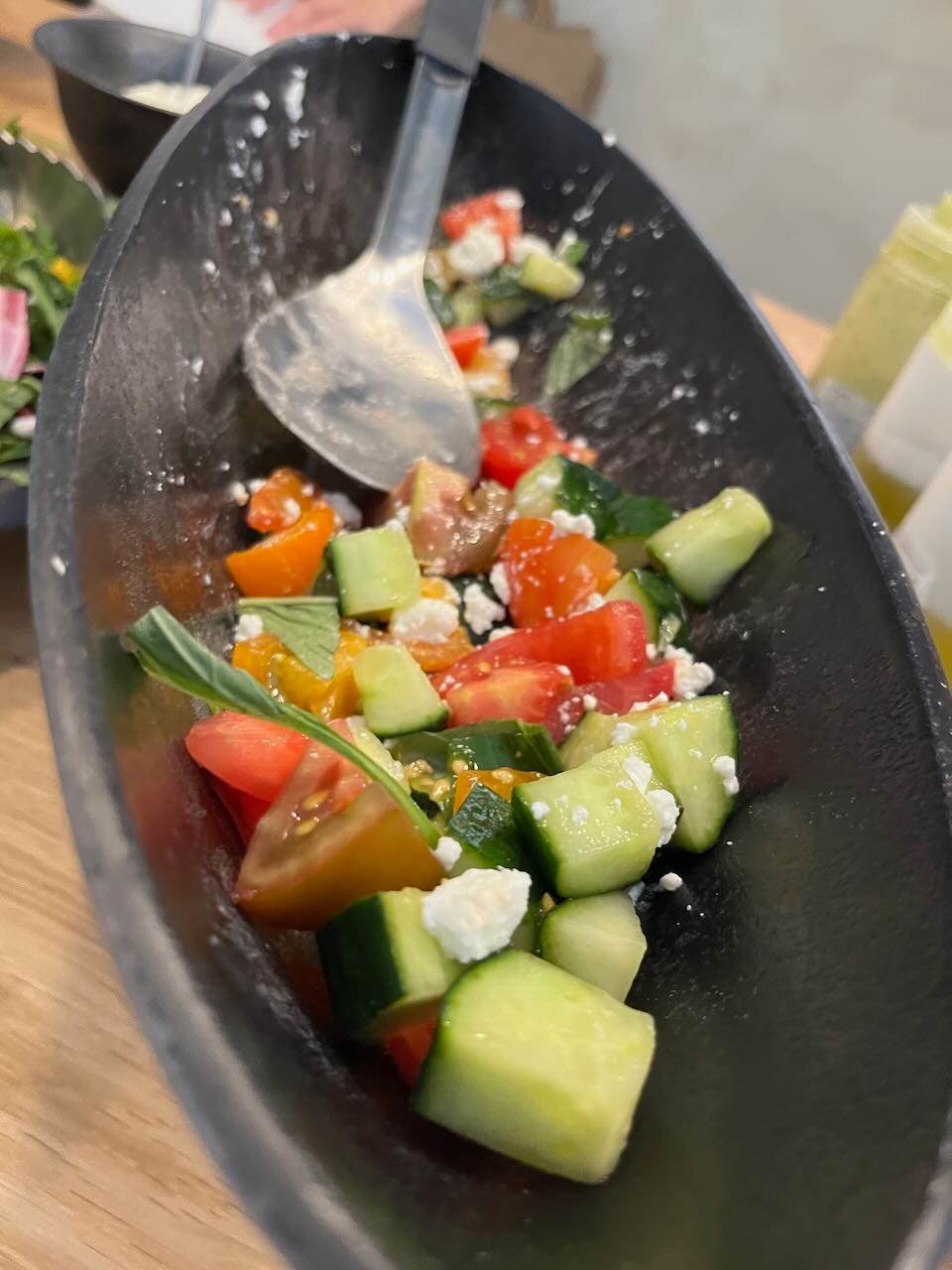
Lunch is covered off by a pair of classic Spanish items both available either on their own or as a ‘meal deal’. The Pintxo is tortilla served on superb sourdough bread with homemade garlic aioli or tomato spread and the bocadillo (sandwich) uses ciabatta. The first was my favourite — the chorizo pairs really well with the garlic aioli and comes with a salad for £10.50. The citrus salad I had was another great pairing for the slightly spicy chorizo with the orange bringing a tart balance.
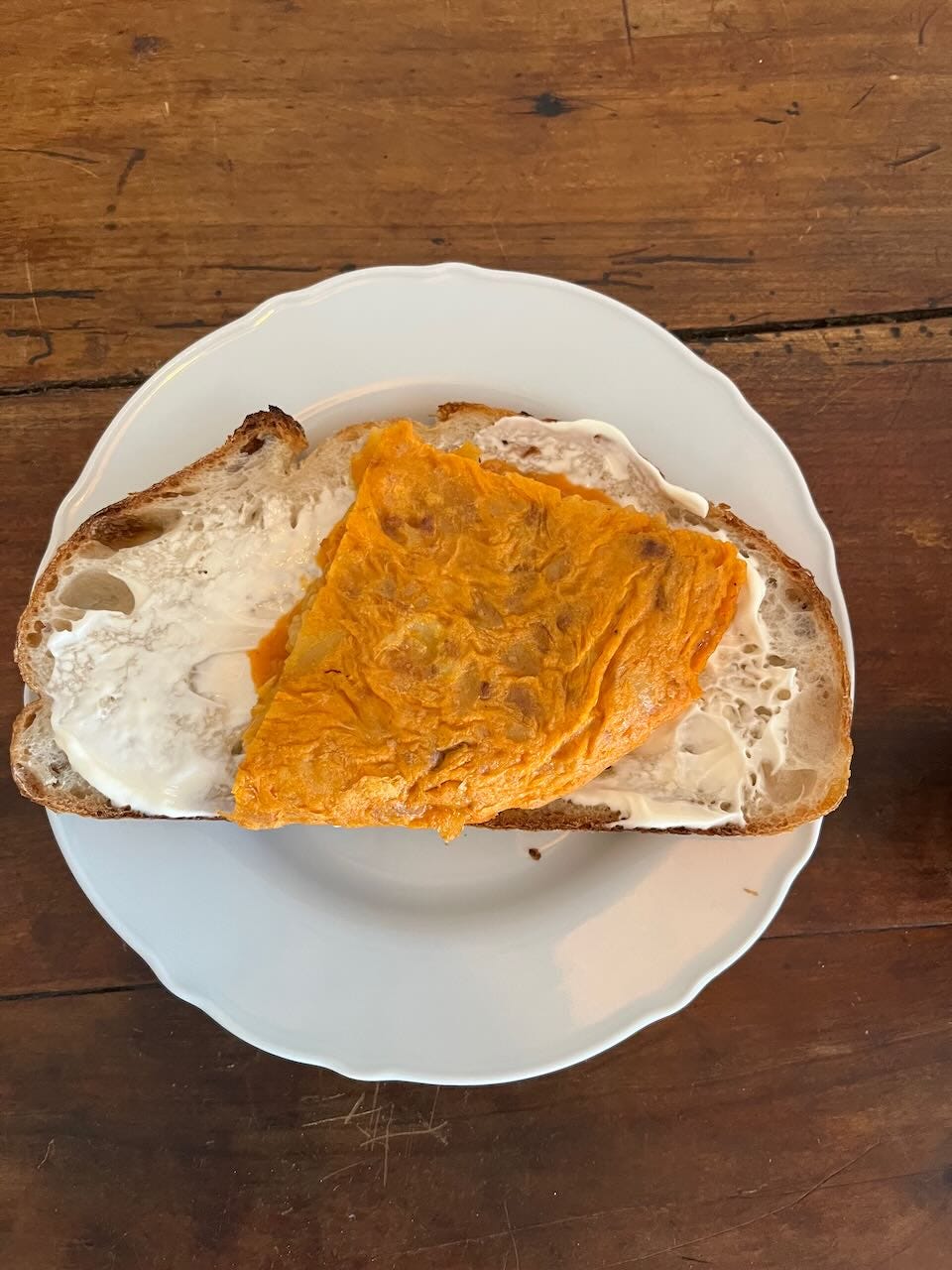
Alternatively, order a whole tortilla to share in two different sizes. That, alongside charcuterie, croquetas, and a couple of salads can create quite the sharing feast for dinner with a few friends. Gazpacho here is superb too and exactly what it should be — refreshing lightness and freshness make it perfect for a warm day. If tortilla isn’t the national dish of Spain it might just be this and I am so glad that Broken Eggs execute it well — £5.50 might just make it the best value lunch option on the menu.

Dessert is the only thing not made in-house, instead coming courtesy of a friend of the couple who lives nearby. There is only one choice and as you might have guessed that is Basque cheesecake. This is another place where the ethos of light and tasty food shines through. A good Basque cheesecake is one of those things that is dangerously easy to eat a lot of and is a credit to Broken Eggs that I managed nearly the whole thing.

The only thing missing here is a coffee machine. The couple justify this by the fact that they are surrounded by some of the best cafes in the capital and I don’t deny that. Trying too much too soon has seen the downfall of endless restaurants before so I more than see the sense. On the other hand, the restaurant is an espresso away from offering a classic Spanish breakfast of coffee and pan con tomate — in time that could very much be a winner.

Broken Eggs is just the kind of reason I love the food industry. Put simply, it is a love letter to a favourite dish in restaurant form and ticks pretty much every box. The menu is short, the backstory is brilliantly unique, and the final product is deliciously simple. It might take a while to convince London of the joys of a potato omelette, but I have no doubt that before long this couple will succeed.






